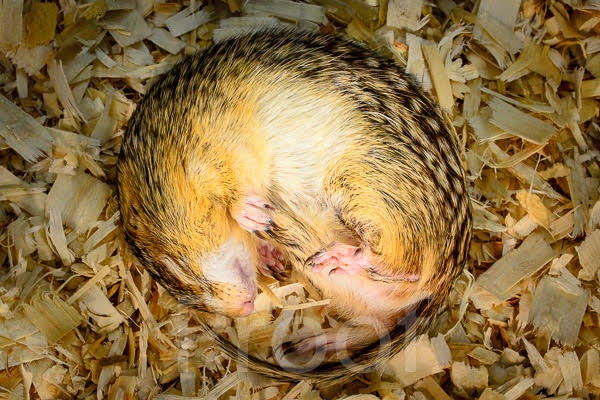
Why do squirrels shake their tails?īeing almost equal in length to their body, it's impossible to not notice a squirrel's large, fluffy tail. Both sexes are not monogamous, and will mate with multiple partners. Multiple males may chase the female until a dominant male is established. In the breeding season, males are attracted to females when they are in heat (oestrus). They start to eat solid food at about eight weeks but may rely on their mother for up to 10 weeks. The first litter is born in early spring and the second in early summer.īaby squirrels, known as kits or kittens, are born blind and hairless. They usually have two litters of two to four offspring each year. Red and grey squirrels start breeding when they are 10-12 months old. The squirrel will tend to line these with the same kinds of soft materials that they would use in a drey. Squirrels may also take advantage of natural tree hollows or large nest boxes for dens. If you look closely, you can sometimes tell the difference between these as squirrels will weave their nests with twigs that still have their leaves attached, whereas birds tend to use leafless sticks. It isn't possible to tell whether a drey belongs to a grey or red squirrel until you spot which species is its resident, though where you are in the UK may provide some clues.ĭreys can be confused with the nests of large birds like magpies. They're often more visible in winter when the trees lose their leaves. You'll spot them at least six metres off the ground, built into tree forks. These are messy-looking balls of sticks, about the size of a football, and are lined with moss, leaves, grass, shredded bark and other soft material the squirrel can find. Grey and red squirrels are arboreal, meaning that they live primarily in trees and build their nests there too.Ī squirrel nest is known as a drey. In some places they can be found thriving in urban areas, especially where grey squirrels haven't been introduced. Outside of the UK, red squirrels are common across continental Europe and Asia. Monitoring changes in the population is an important part of this and conservationists have seen some success with moving some red squirrels from stable populations into specially chosen areas that the species used to be found in. But in reality, these areas provide a lack of prey diversity for animals such as pine martens, which turn to hunting red squirrels to survive instead.Įfforts are underway in the UK to try and save this squirrel species.

However, the loss and fragmentation of these habitats puts them at risk of further decline.Īdditionally, expanding conifer plantations in the UK, usually made up of non-native tree species, sound like they might be beneficial to coniferous forest-dwelling red squirrels. Red squirrels can be found in coniferous and broadleaf woodland. In Wales they are mostly restricted to Anglesey in the northwest. In England they can be seen on the Isle of Wight and Brownsea Island, as well as Formby, and in pine forests in Northumberland and the Lake District. They have disappeared from all but a few places in England, Ireland and Wales.

Their strongholds are in Scotland, home to an estimated 75% of the remaining red squirrel population, but they once spread across much of the UK.

Red squirrel numbers have dramatically declined since the introduction of grey squirrels and are now considered endangered in the UK. The Wildlife Trusts estimate there to be around 140,000 red squirrels and a whopping 2.5 million grey squirrels living in the UK. This inadvertently benefits the next generation of squirrels, as these buried seeds stand a chance of growing into new trees that produce new sources of food. When winter's fresh food shortages arrive, squirrels will locate and use up most of their stored supplies, but they won't find them all again. Deceptive caching may serve as a distraction, preventing carefully foraged food from being stolen immediately by other opportunistic squirrels. It's thought that, while they rely on their noses to find food when they need it, squirrels also use visual cues. When other squirrels are around, they will dig and cover some cache sites without actually burying any food in them. Grey squirrels have been known to use deceptive tactics to protect their supplies.


 0 kommentar(er)
0 kommentar(er)
